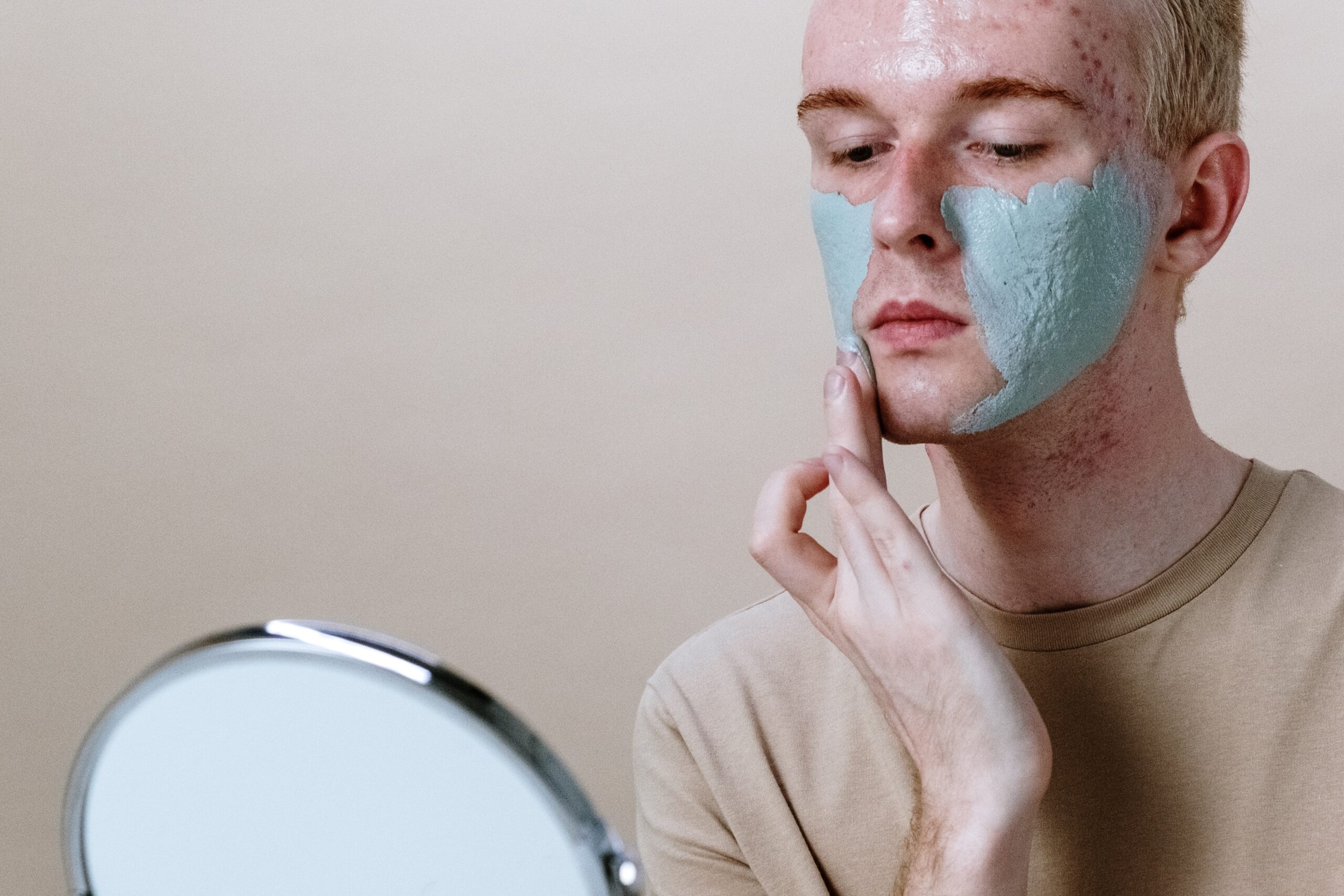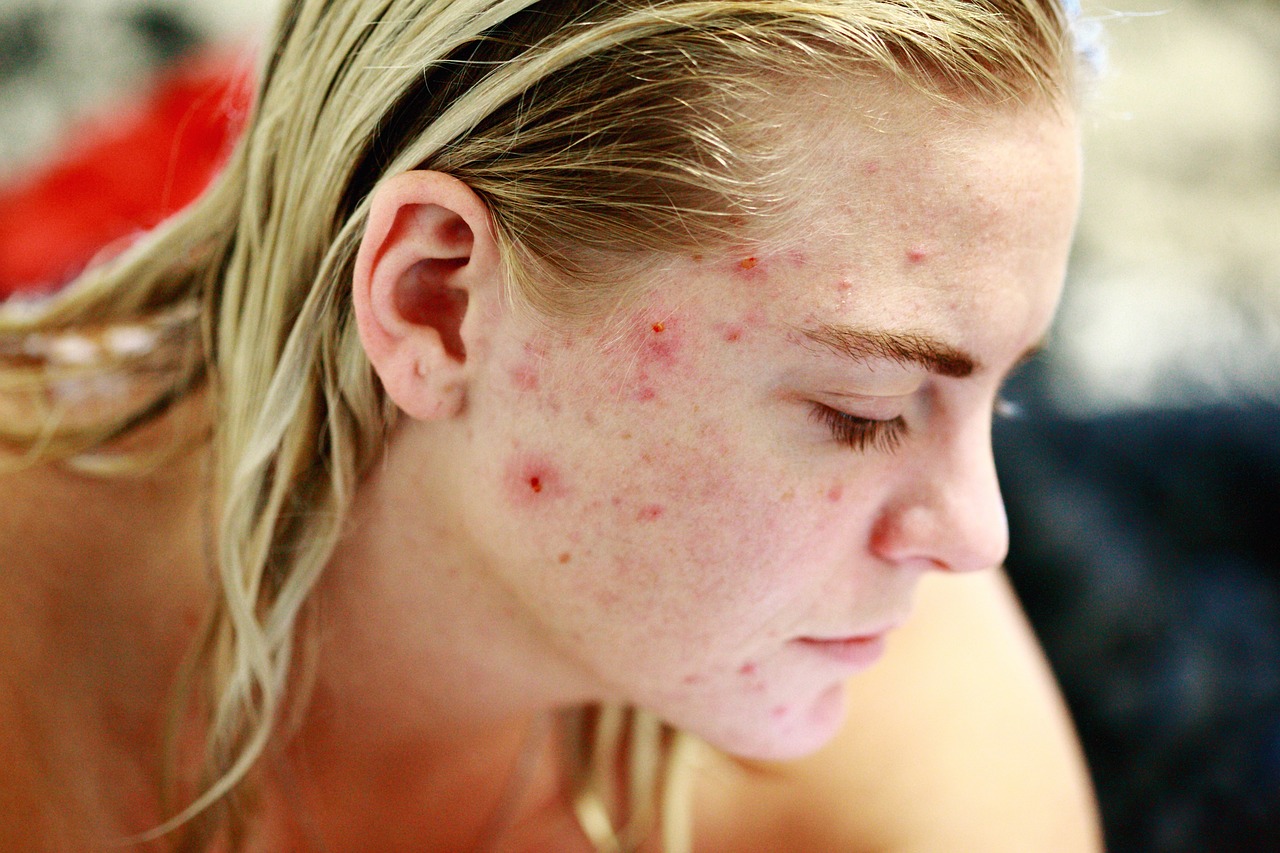
Injections and Surgical Treatments for Acne
Intralesional Injection
Intralesional corticosteroids are steroids that are directly injected into a cystic acne lesion in order to quickly decrease inflammation. Intralesional steroid injection consists of using a corticosteroid like triamcinolone acetonide or betamethasone suspension that is given as an injection directly inside an acne lesion or administered immediately under the skin of the lesion. This is typically used in combination with other topical and/or oral medications.
Intralesional triamcinolone injections are now an established treatment option for painful and large cystic acne lesions. Some research studies have documented a significant degree of improvement as well as a quick resolution of cystic acne lesions which have been treated using intralesional steroid injections. A significant percentage of dermatologists and doctors make use of this technique in their clinical practice as it is low cost, easy to use, and has little to no side effects.
While blue light has been seen to have the ability to reduce P. acnes, it is not been very effective in penetrating the skin to any great depth. In contrast, red light which is not very efficient in damaging P. acnes is able to reach deeper into the sebaceous glands in the skin and has been suggested to have an anti-inflammatory action (brought by the release of cytokines from macrophages in the acne lesion).
Intralesional triamcinolone injections are helpful for the treatment of many skin disorders like acne scars, keloids, hypertrophic scars, alopecia areata and discoid lupus erythematosus.
Description of the procedure
The doctor or the dermatologist generally puts in the needle at an angle of 208 to 308 directly to the acne lesion. It is of great importance that the needle must be inserted via the pore when using this treatment option for acne since this skin disorder is an inflammatory dermatosis related to the pilosebaceous units.
Intralesional triamcinolone injections as a treatment option do not result in much bleeding, and are not very painful.
Acne Surgery
Acne surgery is performed in cystic acne patients in order to drain the cysts.
Comedone Expression
This refers to a very easy and safe method of treating open as well as closed comedones. The section of the skin that needs treatment is cleaned using an antiseptic, and this technique is done with the use of a tool known as acomedone extractor.
The procedure is done by placing the comedone extraction on the blackhead and then firmly press it down with pressure in a perpendicular position to the skin surface, until the content of the blackhead is fully extracted. This can also be performed through a surgical incision, laser puncturing, or using of a suction machine.
Electrosurgery
Acne lesions can be cauterized by the use of an electroepilation needle. This technique of gentle cautery has been known to be quite safe and is done before giving patients oral isotretinoin treatment. This technique is performed using local anesthesia, and generally must be repeated monthly.
Cryosurgery
Cryosurgery works by freezing cystic acne nodules and cysts. Cryosurgery is carried out with the use of solid carbon dioxide (also known as dry ice) or liquid nitrogen. The best way to apply liquid nitrogen is spraying it from a cryocan, but one may also apply it using a cotton-tipped applicator or cryoroller. Carbon dioxide is applied in the form of slush together with acetone and sulfur. This treatment must be repeated every 2 to 4 weeks.
Due to the risk of post inflammatory depigmentation, use of Cryosurgery for acne treatment is not recommended for people with a dark skin tone.
Incision, Drainage & Excision
Incision, drainage and excision of the acne papules and pustules are done by first incising using a needle or surgical blade. The contents are then gently expressed and then removed. This technique is of particular benefit in the case of very large and persistent acne cysts, and can be performed using local anesthesia.
Chemical Peels
Chemical peels are performed with salicylic acid or glycolic acid, and generally, are used in combination with a daily topical medication. Chemical peels have been found to be effective in decreasing inflammatory and non-inflammatory acne lesions.

Glycolic Acid Peels
A number of research studies have indicated that glycolic acid chemical peels are efficient in the improvement of mild, moderate, and severe forms of cystic and nodular acne. Women suffering from comedogenic acne reported notable improvement upon using 70% glycolic acid chemical peels.
The glycolic acid peel is the most widely used alpha hydroxy acid peel as it is able to produce a superficial, or a medium depth peel. All of these peels are generally tolerated properly by most patients and do not show any significant level of systemic toxicity. The glycolic acid peel is usually used alone or in combination with other treatment options.
As with other treatments, the results or outcome can show significant variation from one person to another, and must be repeated many times in order to achieve the desired cosmetic outcomes and acne resolution.
Salicylic Acid Peels
Studies have shown that salicylic acid chemical peels have reduced the number of inflammatory as well as non-inflammatory acne lesions. Since salicylic acid is known to have many anti-inflammatory characteristics, it is more useful in the treatment of inflammatory acne lesions. While lower concentrations of salicylic acid are a part of the active ingredients in normally used everyday acne cleansers, concentrations used in superficial peels are higher (20% to 30%).
Common side effects of salicylic acid chemical peels are redness, dryness of the skin, and burning.
Latest articles


Hormonal Acne Treatment with Topical Creams
Acne Expert Staff
August 5, 2023

Cystic Acne on the Back: Best Treatment Options
Acne Expert Staff
August 5, 2023

Top Supplements for Treating Cystic Acne
Julia Thompson
August 4, 2023

Acne Prevention Through Proper Hygiene: A Comprehensive Guide
Julia Thompson
August 3, 2023
Recommended For You
Menu